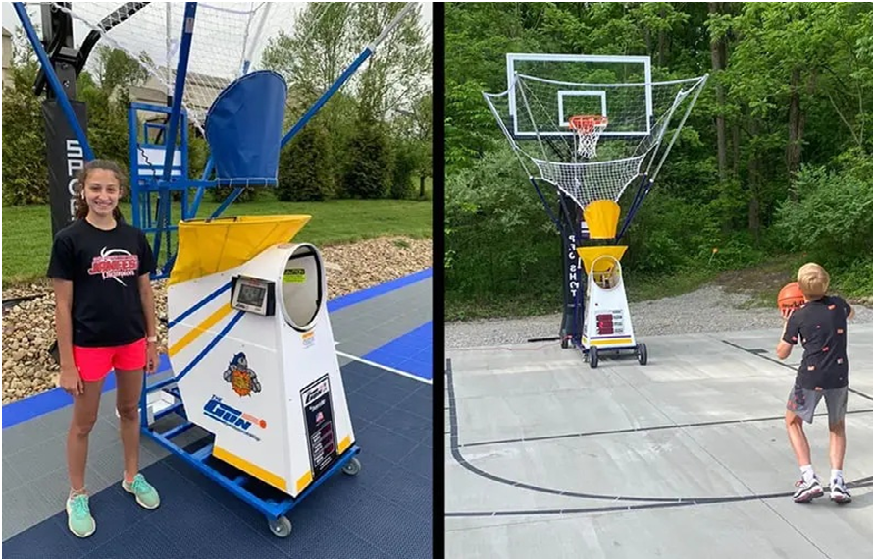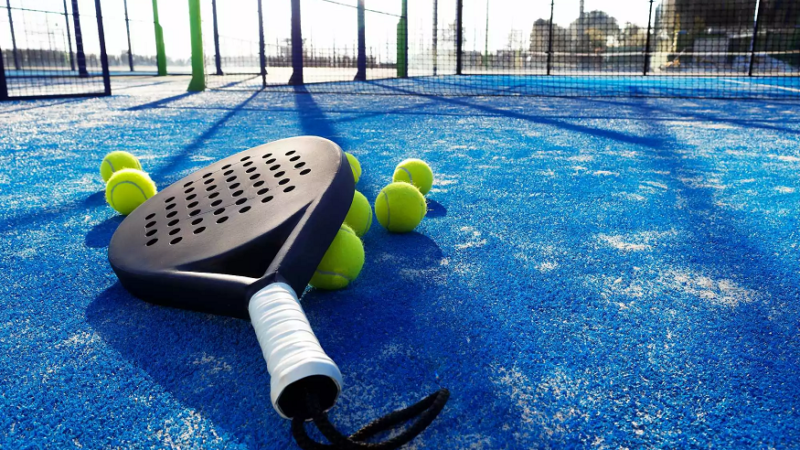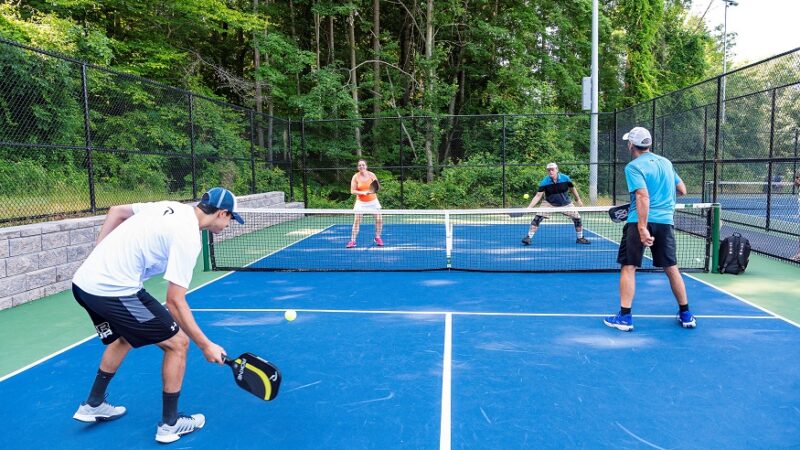Inside the Tech: Unpacking How Auto Basketball Return Systems Operate

Basketball has long been a game of precision, technique, and continuous improvement. With the rise of technology, tools designed to assist in coaching basketball shooting have evolved, making the training process more efficient and effective. The Auto Basketball Return System stands out as a significant innovation in this domain.
Offering players the advantage of uninterrupted practice sessions, this system underscores the synergy between sports and technology, taking player development to unprecedented levels. As basketball enthusiasts, players, or coaches, understanding this system provides insights into the future of basketball training, ensuring that every shot counts.
Evolution of Basketball Training Tools
Over the years, basketball training tools have undergone significant innovation. From basic hoops and manual drills, the industry has seen a shift toward advanced equipment designed to maximize training efficiency. The automatic basketball return stands out as a testament to this innovation. It embodies the essence of technological advancements in the sport.
Once players relied heavily on teammates or coaches to retrieve balls, now they benefit from the seamless cycle created by these modern return systems. As players aim for perfection, tools like the automatic basketball return exemplify the sport’s continuous evolution and dedication to improved performance.
The Basic Mechanics of Auto Return Systems
Basketball training has taken leaps forward with innovative technologies, and central to this advancement is the rebounding net basketball auto-return system. At its core, this system is engineered to combine several essential components: the netting mechanism, a strategically designed ramp or chute, and the motorized or non-motorized return apparatus.
These individual parts work harmoniously, ensuring that once a basketball hits the net or hoop, it’s channeled via the ramp and automatically returned to the player. The precision and efficiency with which this is achieved are a testament to the ingenuity behind modern basketball training tools.
The Role of Sensors and Automation
Basketball training tools have vastly improved over the years, and a significant contributor to this advancement is the incorporation of sensors in shooter basketball equipment. These sensors play a crucial role in detecting when a ball goes through the hoop, signaling the auto-return system to spring into action. Their accuracy ensures seamless operations, reducing any lag between the shot and the ball’s return.
Automation then complements these sensors, ensuring the ball finds its way back to the player consistently. By optimizing the ball’s return path, automation enhances the efficiency of practice sessions, letting players focus on their shots rather than the ball’s retrieval.
Adjustability and Customization
One of the standout features of any high-quality basketball return machine is its adaptability to different training needs. Players vary in their shooting styles, strengths, and preferred positions on the court. Therefore, having a return system that can be adjusted for different angles and directions is essential. It ensures that each player can customize their training sessions to mimic real-game situations and challenges.
Furthermore, as players advance and refine their techniques, the flexibility to modify settings becomes crucial. With the right adjustments, the basketball return machine allows for targeted practice, helping players hone specific skills and shots more effectively.
Benefits for Players and Coaches
The basketball hoop rebounder isn’t just another piece of equipment on the court; it’s a transformative tool for those serious about their game. For players, the primary advantage is the dramatic increase in the number of shots they can practice in a given time frame. No longer needing to chase after every shot, players can focus on refining their technique, achieving consistency, and increasing their shooting percentage.
Coaches, on the other hand, can extract more value from training sessions. Instead of spending time on ball retrieval or manual feed, they can concentrate on player form, provide real-time feedback, and design drills that simulate actual game scenarios, all thanks to the efficiency brought by the basketball hoop rebounder.
Conclusion
The rise of technology in sports has undeniably made training more effective and convenient. The auto basketball return system exemplifies this transition, providing players with a tool that maximizes their shooting practice. As basketball continues to evolve, the incorporation of such state-of-the-art tools becomes imperative for players aiming for peak performance.
For coaches, it’s not just about the hours spent on the court but ensuring those hours are productive. Embracing devices like the basketball return system ensures that each session yields optimum results, reinforcing the saying, “Practice makes perfect.”






